The Japan Meteorological Agency predicts that this year's cherry blossom season will begin to bloom around mid-March, but at Nishihirabatake Park, Masuda, Kanagawa Prefecture, the first cherry blossoms of the season have begun to bloom since early February, coinciding with the Vietnamese Lunar New Year.
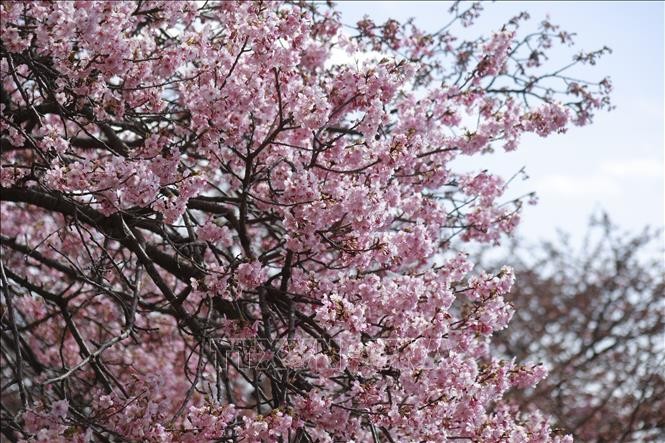
This place is attracting a large number of tourists to admire and enjoy the spring weather that is gradually replacing the cold winter air in the land of the rising sun.
The cherry blossoms in Nishihirahata Park are the early-blooming Kawazu cherry blossoms. Kawazu cherry blossoms were first discovered in 1955 in Kawazu Town, Shizuoka Prefecture, and were later named after Kawazu Town. Because they bloom earlier than the cherry blossom season in Japan, the Matsuda Town government in Kanagawa Prefecture holds the Matsuda Cherry Blossom Festival from the first week of February to mid-March at Nishihirabatake Park.
During the transition from winter to spring, domestic and foreign visitors to Nishihirabatake Park can admire hundreds of peach trees blooming, mixed with the yellow of canola flowers and the blue sky.
In particular, not only can visitors enjoy the early blooming cherry blossoms, they can also see Mount Fuji from afar and Sagami Bay. The Japanese Ministry of Land, Infrastructure, Transport and Tourism has recognized Nishihirabatake Park as one of the top 100 places to see Mount Fuji in the Kanto region.
Japan is known as the land of cherry blossoms with more than 600 different varieties of cherry blossoms depending on their shape, color, and characteristics. The start of the main cherry blossom season is predicted very early by the Japan Meteorological Agency based on the weather of each year and usually differs by only about 1-3 days.
In the Japanese concept, cherry blossoms are also a typical image of Spring and the time when the flowers bloom is associated with cherry blossom viewing activities and cherry blossom festivals in most localities across the country.
The custom of viewing cherry blossoms in early spring in Japan is called Hanami. Japanese people often gather to eat, drink and chat with relatives and friends under the cherry trees in parks or by the river. People believe that petals falling into wine glasses is a sign of good luck.
Hanami originated from the Japanese farmers' custom of welcoming the God of the Fields. After a long winter in the mountains, when the cherry blossoms bloom, it is also the time when the God returns to the fields. People hold Hanami to welcome the God with wishes for a bountiful harvest.
For the Japanese people, cherry blossoms have many different meanings. Most typically, this flower symbolizes strong vitality, indomitable strength, and solidarity despite difficulties and hardships.
Source: https://baoquocte.vn/hoa-anh-dao-nhat-ban-no-som-don-nang-xuan-260606.html




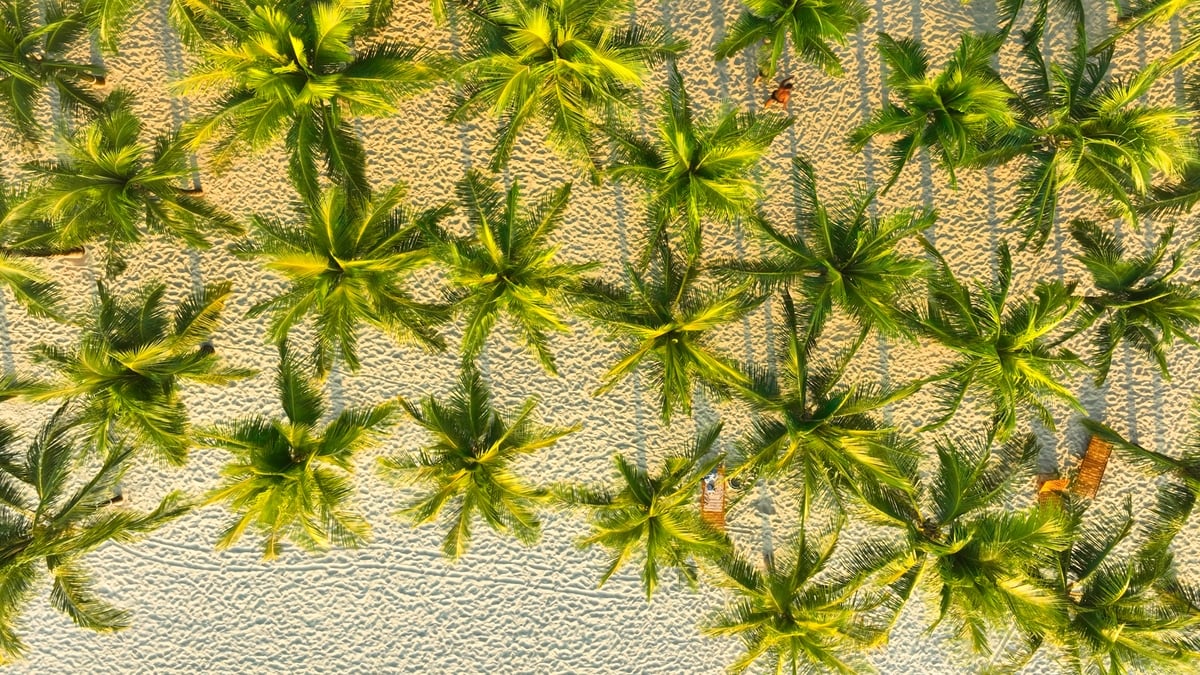



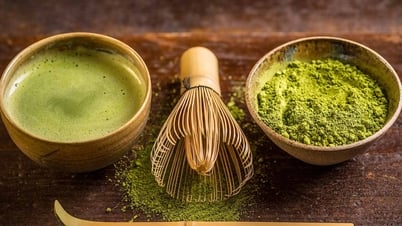











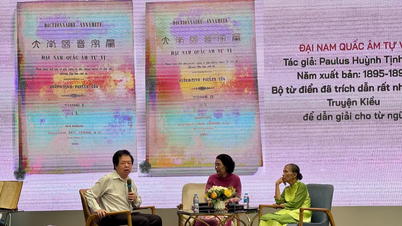




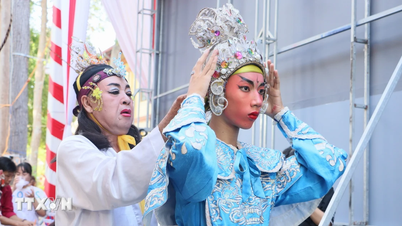




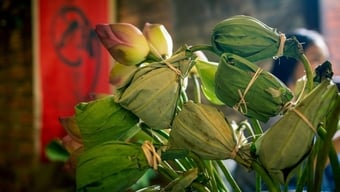






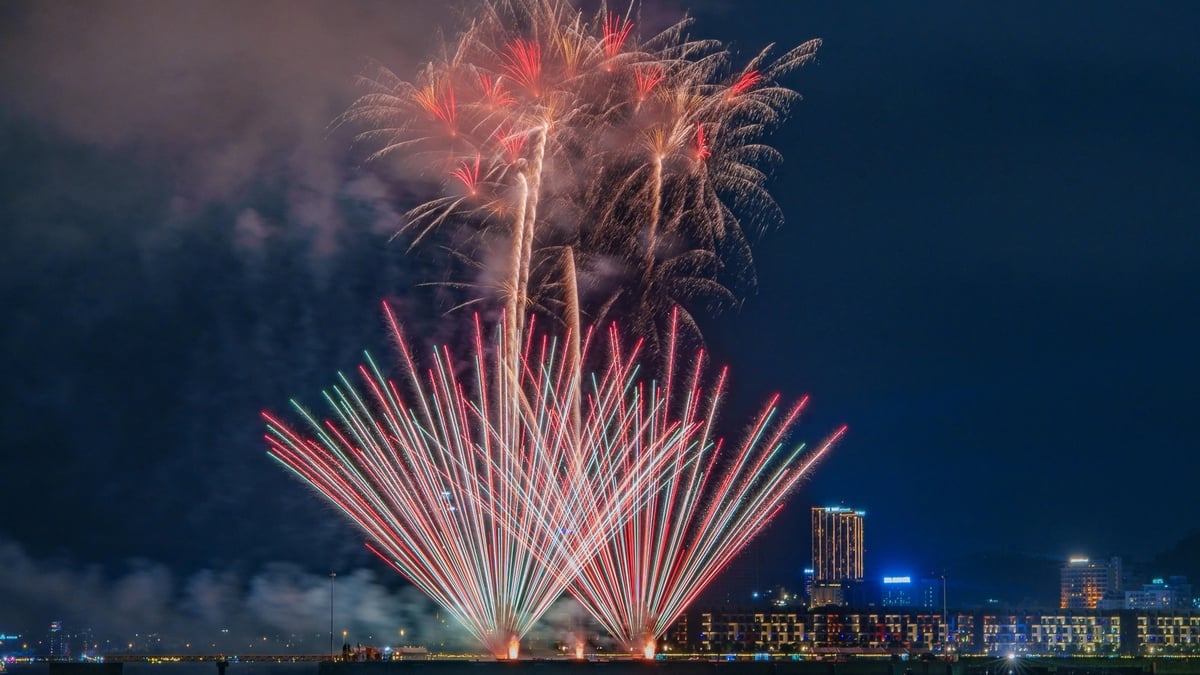




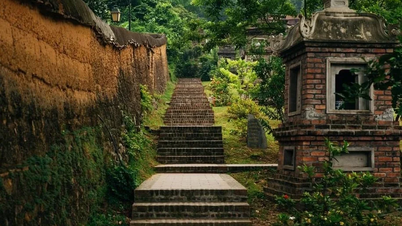

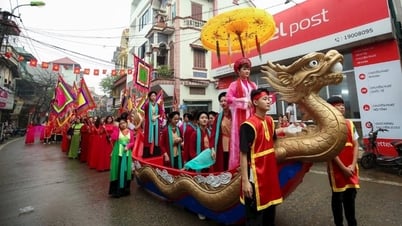

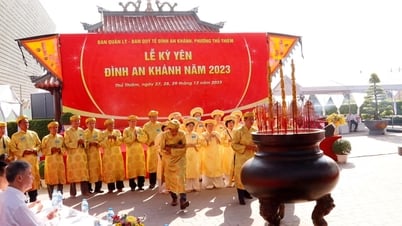

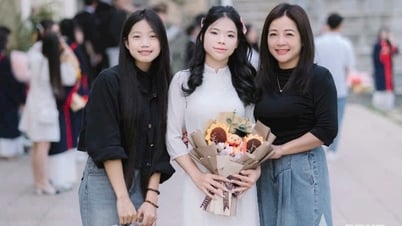





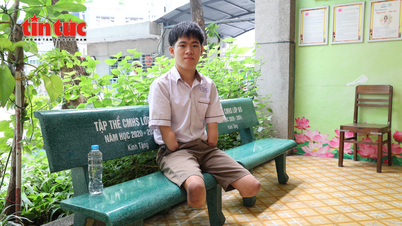

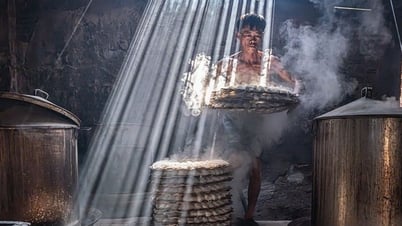






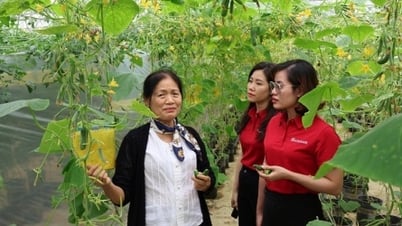



























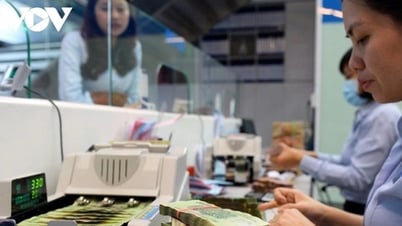



![[OCOP REVIEW] Bay Quyen sticky rice cake: A hometown specialty that has reached new heights thanks to its brand reputation](https://vphoto.vietnam.vn/thumb/402x226/vietnam/resource/IMAGE/2025/7/3/1a7e35c028bf46199ee1ec6b3ba0069e)








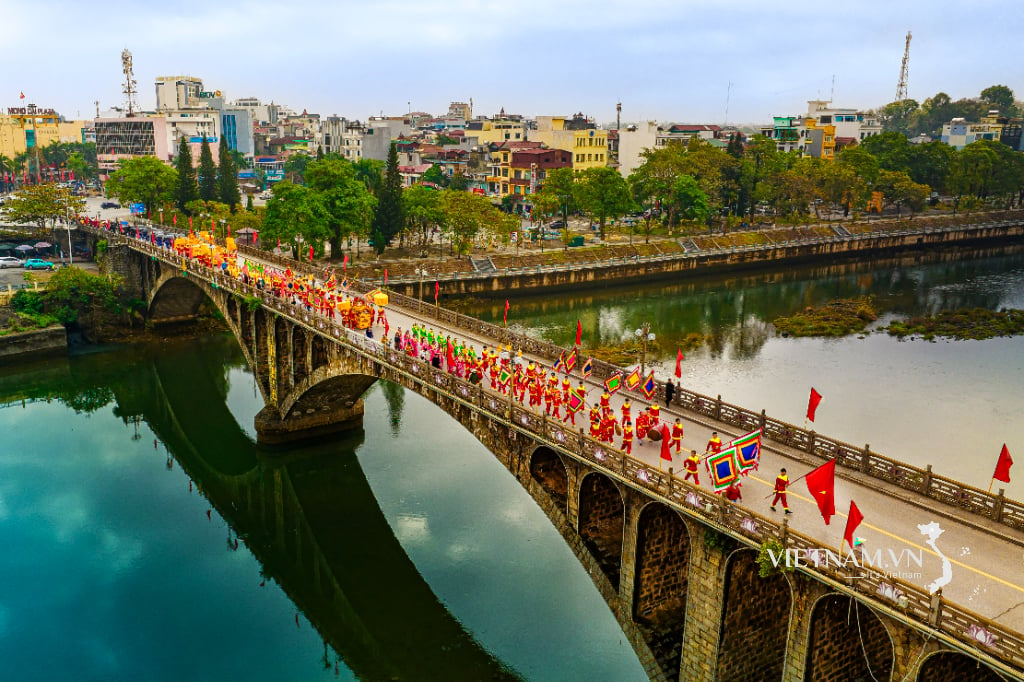

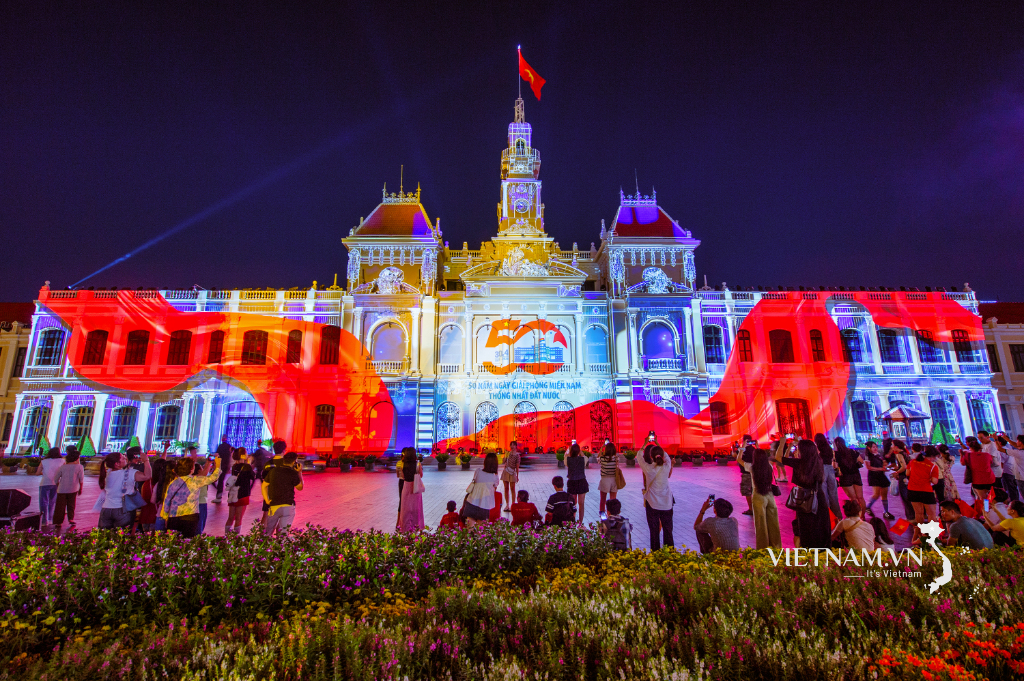

Comment (0)